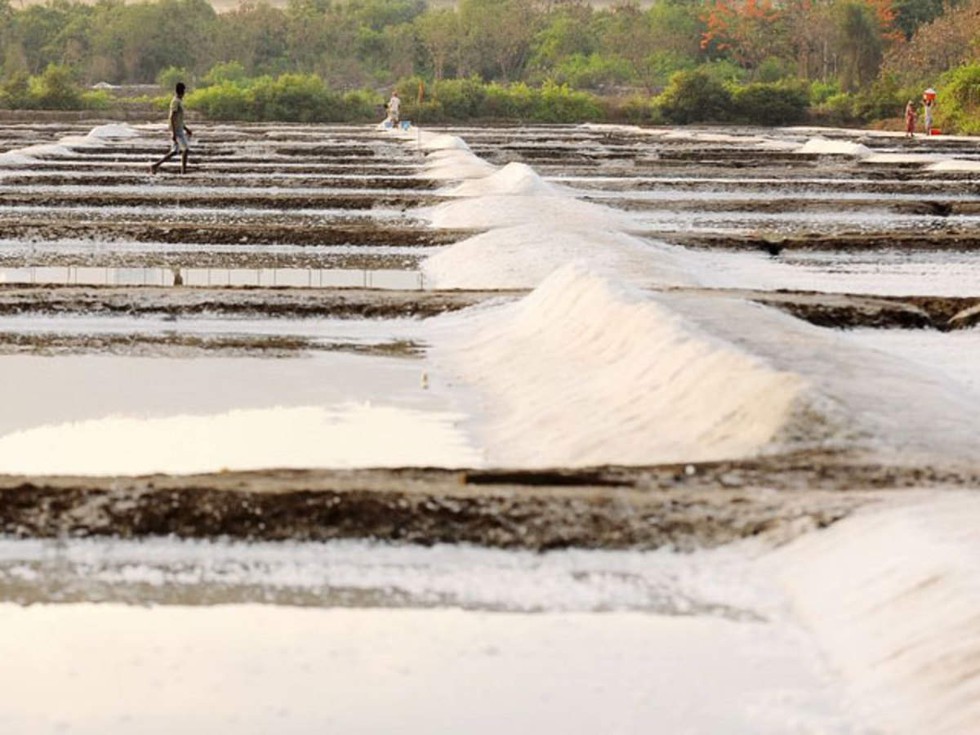About Salt Pan lands:
- These are parcels of low-lying lands where seawater flows in at certain times and leaves behind salt and other minerals.
- This ecosystem is instrumental in protecting the city from flooding.
- According to the Coastal Regulation Zone (CRZ) notification of 2011, the ecologically sensitive salt pans fall under the CRZ-1B category, where no economic activity is allowed with the exception of salt extraction and natural gas exploration.
- Nationally, some 60,000 acres have been demarcated as salt pan lands, spread across Maharashtra, Andhra Pradesh, Tamil Nadu, Odisha, Gujarat and Karnataka.
- Andhra Pradesh (20,716 acres) boasts the largest expanse of such land, followed by Tamil Nadu (17,095 acres) and Maharashtra (12,662 acres).
- Ecological Significance: Salt pans, which, along with the mangroves, stop the city from flooding, also host various species of birds and insects.
What are Coastal Regulation Zones?
- The coastal land up to 500m from the High Tide Line (HTL) and a stage of 100m along banks of creeks, estuaries, backwaters and rivers subject to tidal fluctuations, is called the Coastal Regulation Zone.
